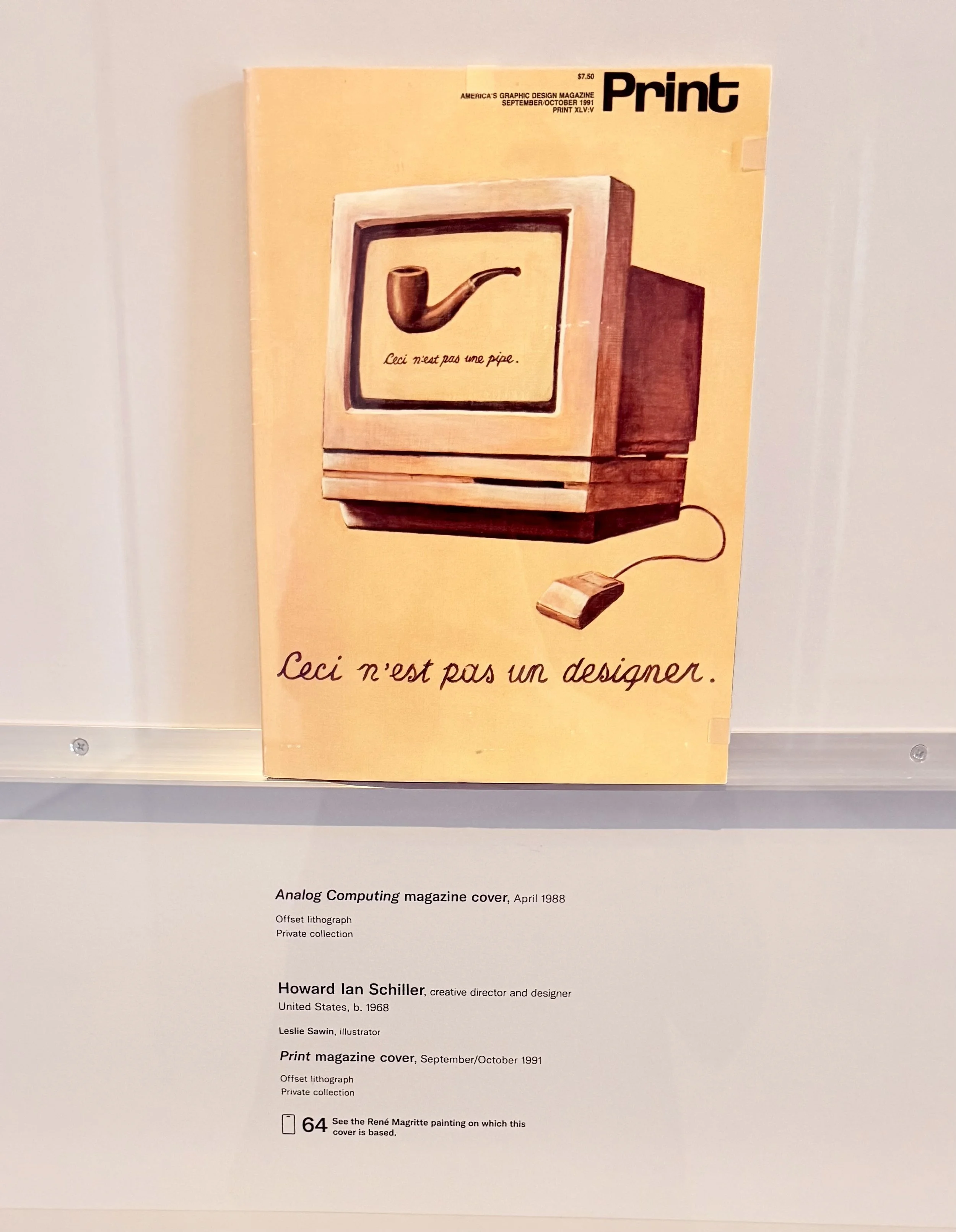Digital Witness at LACMA Revisits Early Digital Art
Digital Witness at LACMA is like opening an old PC, finding your teenage brain tucked inside, dragging a mouse around a Paint window, and saving JPEGs like they were rare gems. This show hits a familiar nerve for anyone who came up during the dial-up years. It tracks how digital art went from scrappy side hustle to everywhere, all the time.
There's no reverence here for clean design. You get everything from early bitmap experiments to visuals that feel like a screensaver had a meltdown. Pen & Pixel album covers hold court with their dollar signs, tigers, and lens flares. No one's pretending they were ever subtle. That's the point. These images screamed because no one was listening otherwise. And in the '90s, when people were still pretending rap could corrupt the youth, that volume mattered.
The show jumps formats but keeps the chaos intact. You get demoscene animations coded by teenagers showing off to each other on floppy disks. Commercial layouts that borrow from glitch aesthetics. Visuals stitched together with whatever tool someone could get their hands on. Half the pieces feel like they were made with a cracked copy of Photoshop and pure spite. It works.
The politics aren't loud, but they're there. Who had access to tools. Who was kept out. Who got to be called a designer. The answers aren't tidy. That's why this show lands. It's not trying to clean up history. It lets the mess stay visible.
The second part lives over at the Hoffmitz Milken Center for Typography. It's slower. Calmer. Less sparkle, more code. Fonts get dissected. Language is treated like a material you can stretch until it breaks. If the LACMA show is the splashy mixtape, this one's the side project with liner notes.
There's a 1991 magazine cover that riffs on Magritte. A beige desktop computer stands in for the pipe. The caption says, “Ceci n’est pas un designer.” It's funny until it isn't. You think about all the people whose work got written off because it came from the wrong machine. Upstairs, Magritte's original still hangs in a frame. Down here, the joke loops back on itself.
Most of us learned design by accident, through bootlegs, zines, our older siblings, tutorials written in Comic Sans. We didn't ask for permission. We clicked until something looked kind of right. This exhibition gets that. It's not trying to pin down a definition. It lets the work do what it's always done: copy, paste, repeat.
If you ever used WordArt unironically, this show is already in your blood. You'll feel weirdly seen if you ever made a flyer in Paint and printed it crooked. Digital Witness doesn't explain anything. It just reminds you why you started making stuff in the first place.



